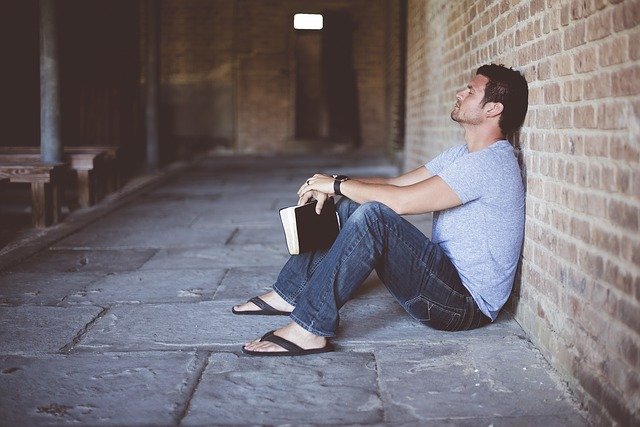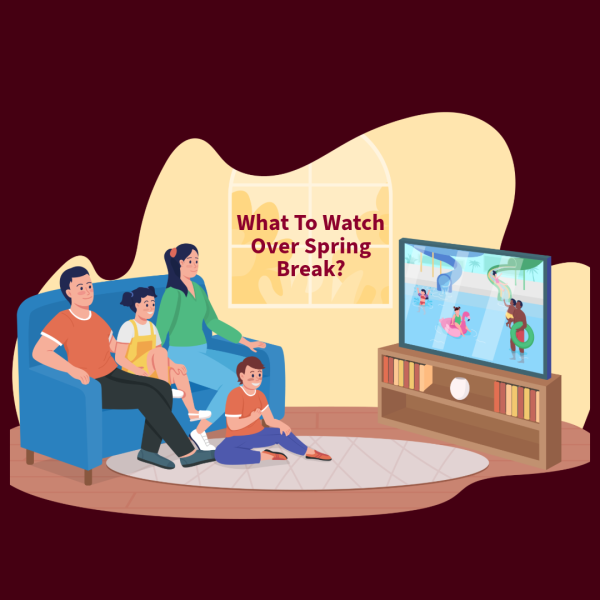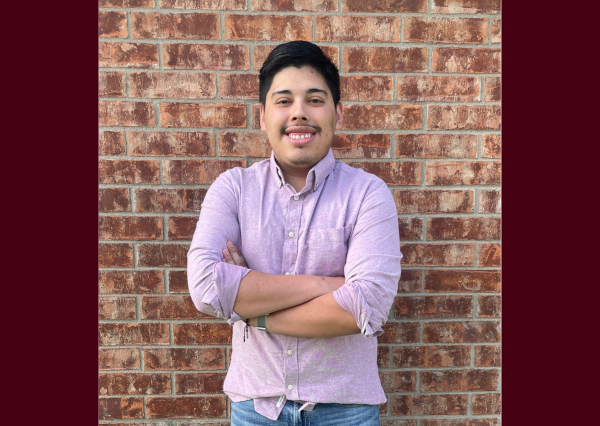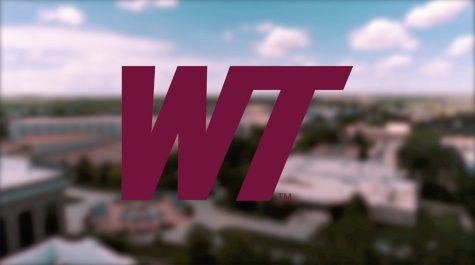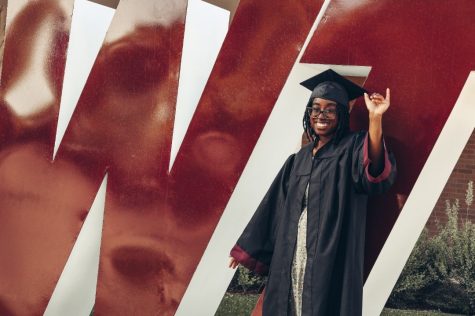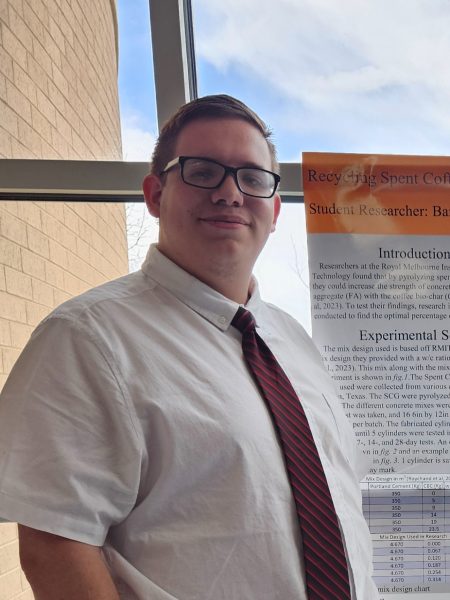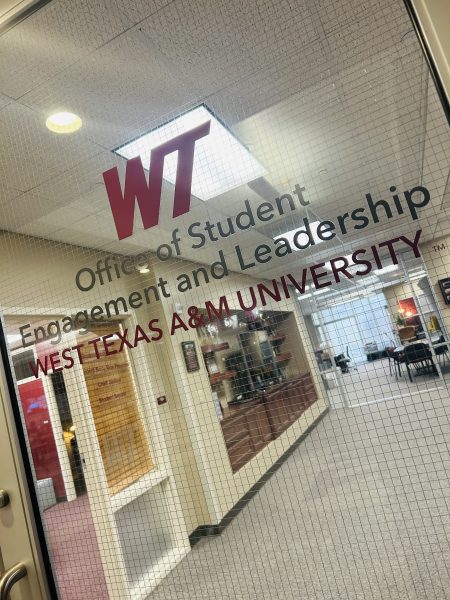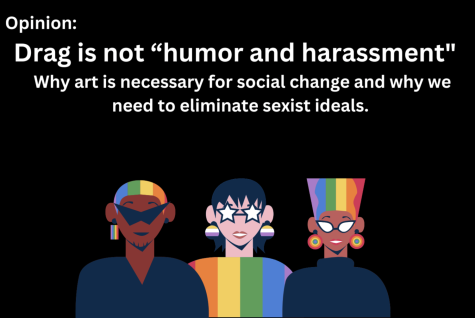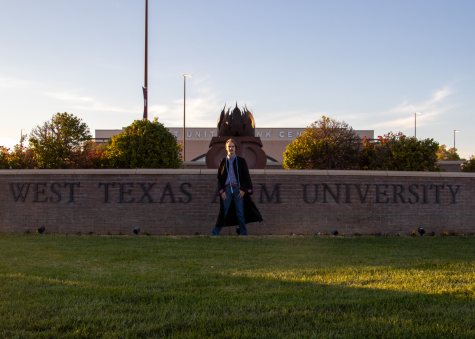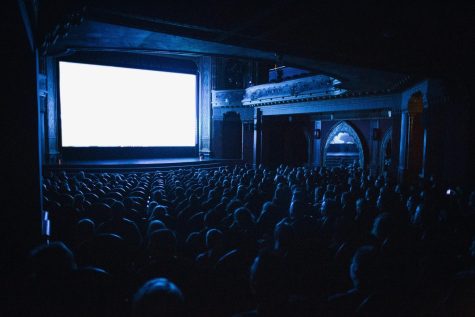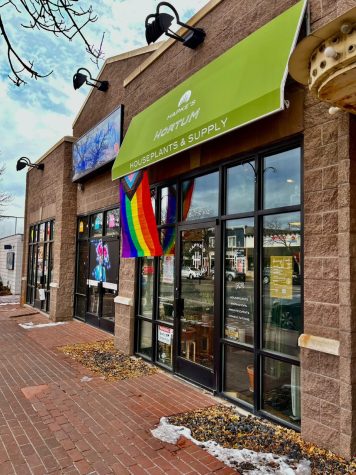Op/Ed: Separation of Church and State: both sides
Is there a wall between church and state?
It’s a known fact that the fundamental truths for America lay in The First Amendment. Freedom of religion being the first amendment listed, it’s obviously one of, if not the most, important amendment and freedom that we have. The thing is, if freedom of religion is considered “freedom”, why are politicians stepping on that right?
In the 16 and 1700’s when the first settlers came to America, their life in Europe highly revolved around the church. The pilgrims had to be a member of the church in order to buy property, vote and pay their taxes. When they came to America, freedom from the church was important so they could function as a society. When America gained its independence in 1776 and established the Bill of Rights and The Constitution, the ability to have freedom from the church as citizens was a big deal.
Moving forward into the 1900s, the roles change as the state begins to have a bigger influence on the church. Everson v. The Board of Education in 1947 brought the phrase “separation of church and state” to life. The Supreme Court case was an issue involving whether tax money should be used to pay to bus students to a Catholic school. The Supreme Court eventually ruled to allow it. There was such a close vote that the arguments from both sides have been used since. The losing side used the term “separation of church and state”.
Now that we have had our history lesson, let’s look at what the “separation of church and state” means today.
Considering the Everson v. The Board of Education ruling, there is no separation of church and state. We use the term and political leaders use the term to give us a sense of “freedom” to practice our religion how and when we want. The truth is, how and when we want to practice religion is only allowed when others are not offended by it.
Consider public schools, teachers and staff members are not allowed to inhibit the expression of religious belief. Even if teachers are not forcing their religion, they still don’t have the freedom to express that they have one at all.
March of 2020 started a nation-wide quarantine and stay-at-home mandates were beginning to be passed out throughout the states. One concern arising from this was if gathering to worship would be allowed. Eventually, church services were canceled and all online. Considering they were not technically forced to stop, the government still had a large influence in the hand of cancelation. Considering COVID-19 was a new virus and there was no knowledge about it at the time, the CDC and government officials contributed to the fear factor by not allowing large groups to meet. The fear factor affected weddings and funerals as well.
Understanding that government officials didn’t specifically tell the people that they were not allowed to meet to practice religion is very important. On the contrary, insinuating fear strong enough to affect the right to practice religion is just as important.
“Separation of church and state” is thought of as existing with no ties to each other, but that is obviously not the case. The First Amendment is meant to express the freedoms that we have in America, and quite largely freedom of religion. If we are not able to express our freedom how we want and when we want, what freedom do we really have? “One nation under God”, but only if the government says okay.
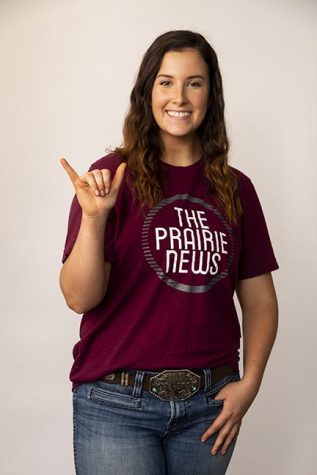
Hey, my name is Emily Merrill. I am originally from Fort Davis, Texas. I'm studying agricultural media and communication and loving it! I am a senior here...



